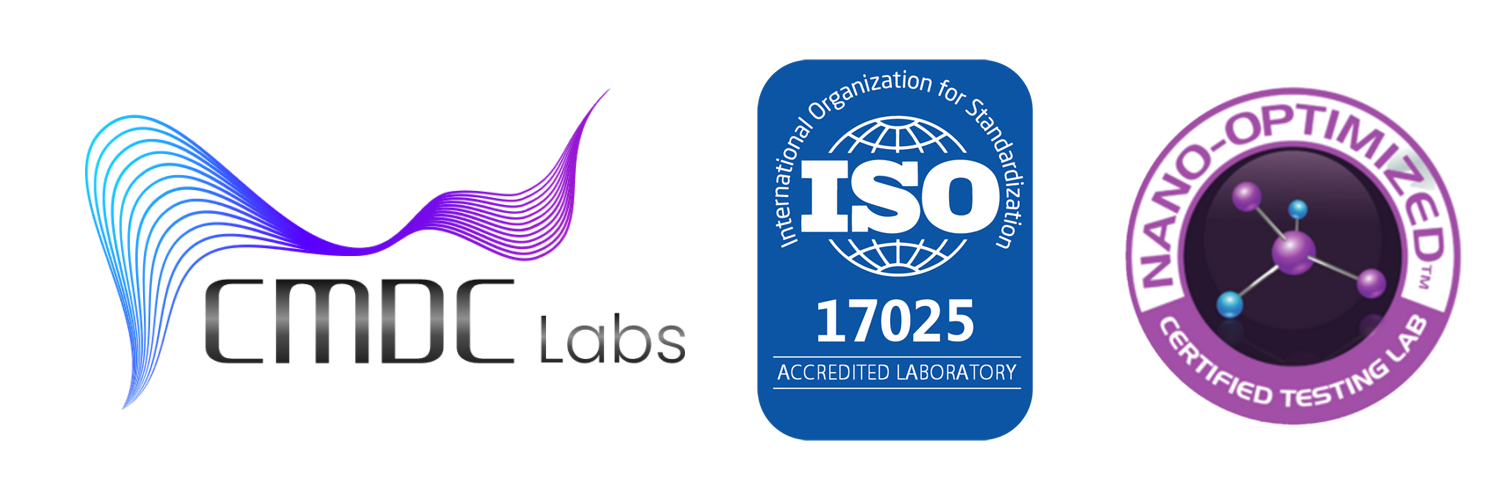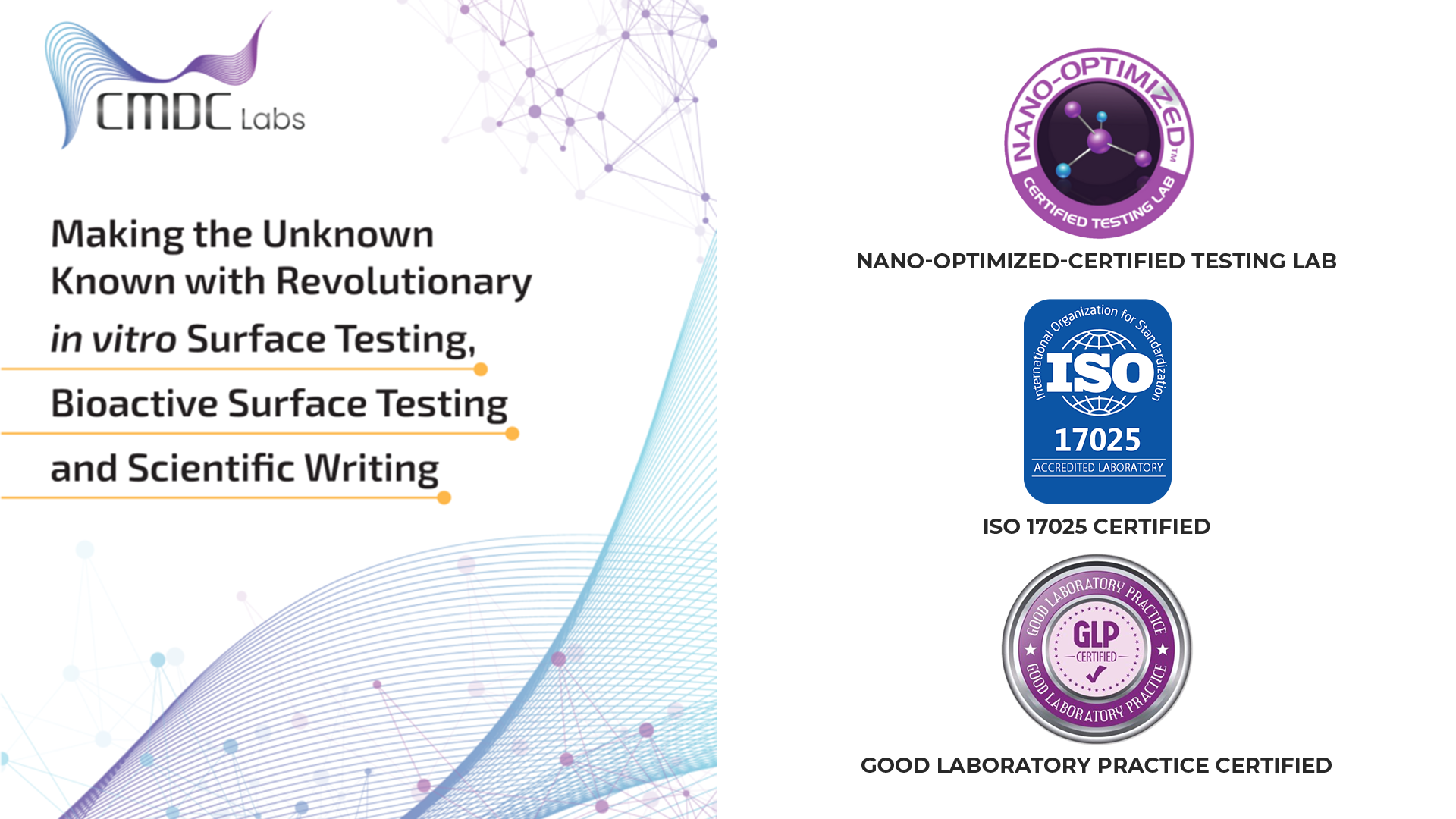In the dynamic landscape of food safety and medical diagnostics, pathogen detection is paramount. The need to swiftly and accurately identify microbial contaminants has driven significant advancements in pathogen detection techniques. At CMDC Labs, we stay at the forefront of these innovations, employing cutting-edge technologies to ensure the highest standards of safety and reliability. This article explores the latest advancements in pathogen detection techniques and their impact on microbial testing.
The Importance of Pathogen Detection
Pathogen detection is crucial in various fields, including food safety, healthcare, and pharmaceuticals. Identifying harmful microorganisms such as bacteria, viruses, and fungi helps prevent foodborne illnesses, ensures the safety of medical devices, and maintains the efficacy of pharmaceuticals. Traditional methods of pathogen detection, while reliable, often involve lengthy culture processes that delay results. The demand for faster, more accurate techniques has led to the development of several advanced methods.
Polymerase Chain Reaction (PCR)
Polymerase Chain Reaction (PCR) is a cornerstone of modern microbial testing. This molecular biology technique amplifies specific DNA sequences, making it possible to detect even minute quantities of pathogens.
- Real-Time PCR (qPCR):
- How It Works: qPCR quantifies DNA as it is amplified, providing real-time data on the presence of pathogens.
- Advantages: High sensitivity and specificity, rapid results, and quantification of pathogen load.
- Applications: Widely used in detecting foodborne pathogens like Salmonella, Listeria, and E. coli, as well as in clinical diagnostics for infectious diseases.
Next-Generation Sequencing (NGS)
Next-Generation Sequencing (NGS) represents a leap forward in microbial testing, offering comprehensive insights into microbial communities.
- Metagenomic Sequencing:
- How It Works: Analyzes genetic material from entire microbial communities, providing a broad spectrum view of all present microorganisms.
- Advantages: High-throughput, detects known and unknown pathogens, and provides data on microbial diversity and resistance genes.
- Applications: Food safety testing, clinical diagnostics, and environmental microbiology.
Immunological Methods
Immunological techniques leverage the specificity of antibodies to detect pathogens.
- Enzyme-Linked Immunosorbent Assay (ELISA):
- How It Works: Uses antibodies to detect antigens (proteins) specific to pathogens.
- Advantages: Cost-effective, high throughput, and suitable for large-scale screening.
- Applications: Commonly used for detecting bacterial toxins, allergens, and viruses in food and clinical samples.
- Lateral Flow Immunoassays (LFIA):
- How It Works: Employs antibody-coated nanoparticles to detect pathogens in a sample, providing results on a test strip.
- Advantages: Rapid, easy to use, and does not require specialized equipment.
- Applications: Point-of-care testing, field diagnostics, and food safety.
Biosensors
Biosensors integrate biological recognition elements with physical transducers to detect pathogens.
- Electrochemical Biosensors:
- How It Works: Measures changes in electrical signals upon binding of the target pathogen to a biological element.
- Advantages: High sensitivity, rapid response, and potential for miniaturization.
- Applications: Real-time monitoring of food and water quality, clinical diagnostics.
- Optical Biosensors:
- How It Works: Detects changes in optical properties (e.g., fluorescence) upon pathogen binding.
- Advantages: High sensitivity and specificity, real-time detection.
- Applications: Medical diagnostics, food safety testing, and environmental monitoring.
Isothermal Amplification Techniques
Isothermal amplification techniques provide a faster alternative to traditional PCR.
- Loop-Mediated Isothermal Amplification (LAMP):
- How It Works: Amplifies DNA at a constant temperature, using a set of primers and a strand-displacing polymerase.
- Advantages: Rapid, simple, and does not require thermal cycling equipment.
- Applications: Point-of-care diagnostics, foodborne pathogen detection, and resource-limited settings.
CRISPR-Based Diagnostics
CRISPR technology, renowned for its gene-editing capabilities, has been adapted for pathogen detection.
- CRISPR-Cas Systems:
- How It Works: Uses CRISPR-Cas proteins to target and cleave specific DNA or RNA sequences, combined with a reporter system for detection.
- Advantages: High specificity, rapid detection, and potential for multiplexing.
- Applications: Clinical diagnostics, rapid detection of emerging pathogens, and biosurveillance.
Conclusion
Advanced pathogen detection techniques are revolutionizing microbial testing, offering unprecedented speed, accuracy, and breadth of analysis. At CMDC Labs, we harness these innovations to deliver reliable and timely results, ensuring the highest standards of safety and quality in food, healthcare, and pharmaceuticals. By staying at the forefront of technological advancements, we continue to meet the evolving challenges of pathogen detection and contribute to the protection of public health.
For more information on our advanced pathogen detection services and how CMDC Labs can support your testing needs, contact us today.
References
- Polymerase Chain Reaction (PCR): Principles and applications. (n.d.). Retrieved from NIH.gov
- Next-Generation Sequencing (NGS) for Pathogen Detection. (n.d.). Retrieved from CDC.gov
- Immunological Methods for Pathogen Detection. (n.d.). Retrieved from FDA.gov
- Biosensors for Pathogen Detection. (n.d.). Retrieved from PubMed.gov
- CRISPR-Based Diagnostics: Applications and Innovations. (n.d.). Retrieved from ScienceDirect.com

